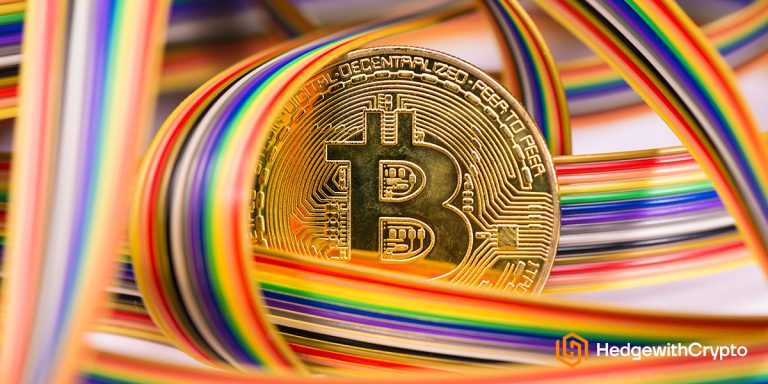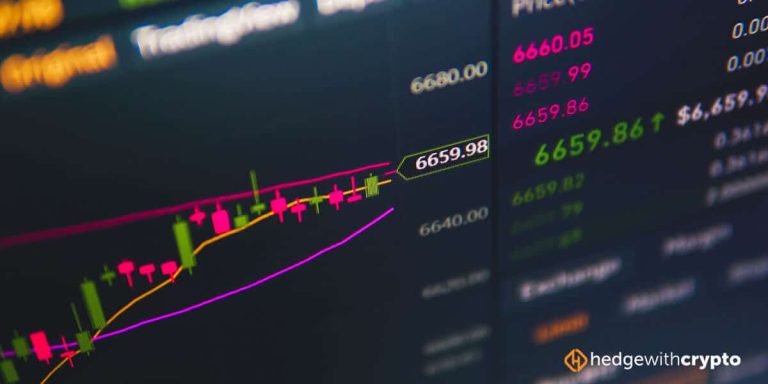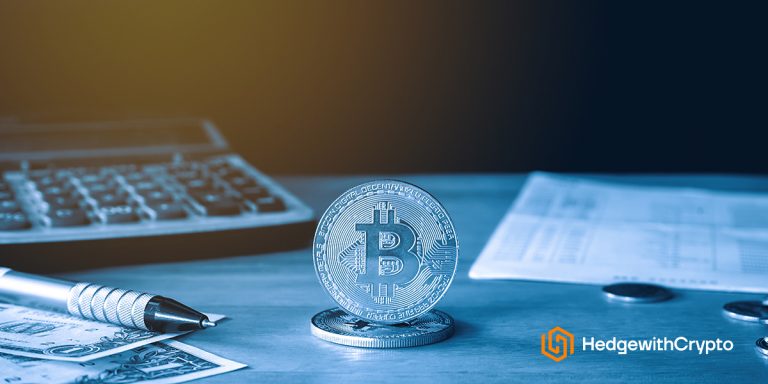Crypto Fear & Greed Index: This Is How To Use It
Key Takeaways:
- An indicator that monitors the general sentiment of the crypto market is the Crypto Fear & Greed Index which is used to make broad predictions about future trends and prices.
- The crypto fear and greed index produces a number between 0 and 100. The closer the number is to 0, the more fearful the market is. On the other hand, a number closer to 100 indicates that market sentiment is more greedy.
- Buying crypto when the index is showing extreme fear (0-24), and selling when extreme greed (75-100) is the market sentiment are general rules of thumb.
TABLE OF CONTENTS
The cryptocurrency market is a popular asset class for speculators, investors, and traders. With the forecasted market size to reach 4.94 billion by 2030, many individuals are turning to the charts of Bitcoin and other cryptocurrencies to make a quick buck. While there is no silver bullet or crystal ball, there are some useful cryptocurrency tools that can offer insight into this otherwise unpredictable asset class.
One of the most popular indicators that offer insight for cryptocurrency investors and traders is known as the Crypto Fear & Greed Index. Leveraging a variety of data sources, the index offers actionable intelligence that members of the crypto community can use to make investment decisions. However, the Index should not be relied on alone to infer the current psychology of the markets. This article will explain what the crypto fear & greed index is, how it works, and explore whether it is a valuable tool that can help crypto traders.
Crypto Fear & Greed Index Basics
The Crypto Fear & Greed Index is an indicator that tracks the overall sentiment of market participants. Many investors assess this sentiment to predict the likelihood of future market movements and, ultimately, prices.
Based on a set of input data, the Crypto Fear & Greed Index generates a number that lies somewhere between 0 to 100. If the Index falls between 0 and 49, it indicates that the market is experiencing fear. If the Index falls between 50 and 100, it indicates that the market is experiencing greed. The closer the index is to 0, the more fearful the market sentiment is. On the other hand, the closer the index is to 100, the more greedy the market sentiment is.

Reading The Crypto Fear & Greed Index
On its own, knowing whether the market is experiencing fear or greed is not that useful. However, by combining market sentiment with historical price data, the Crypto Fear & Greed Index can help to infer if the market is due for a rally or correction. The index is typically broken down into four categories:
- Extreme Fear: 0-24
- Fear: 25-49
- Greed: 50-74
- Extreme Greed: 75-100
Historic price action has shown that extreme fear can often lead to the cryptocurrency market falling far below fair value. The nature of human emotion means that as prices start to fall, investors often panic and start to impulsively sell, which can accelerate selling and lead to an oversold market.
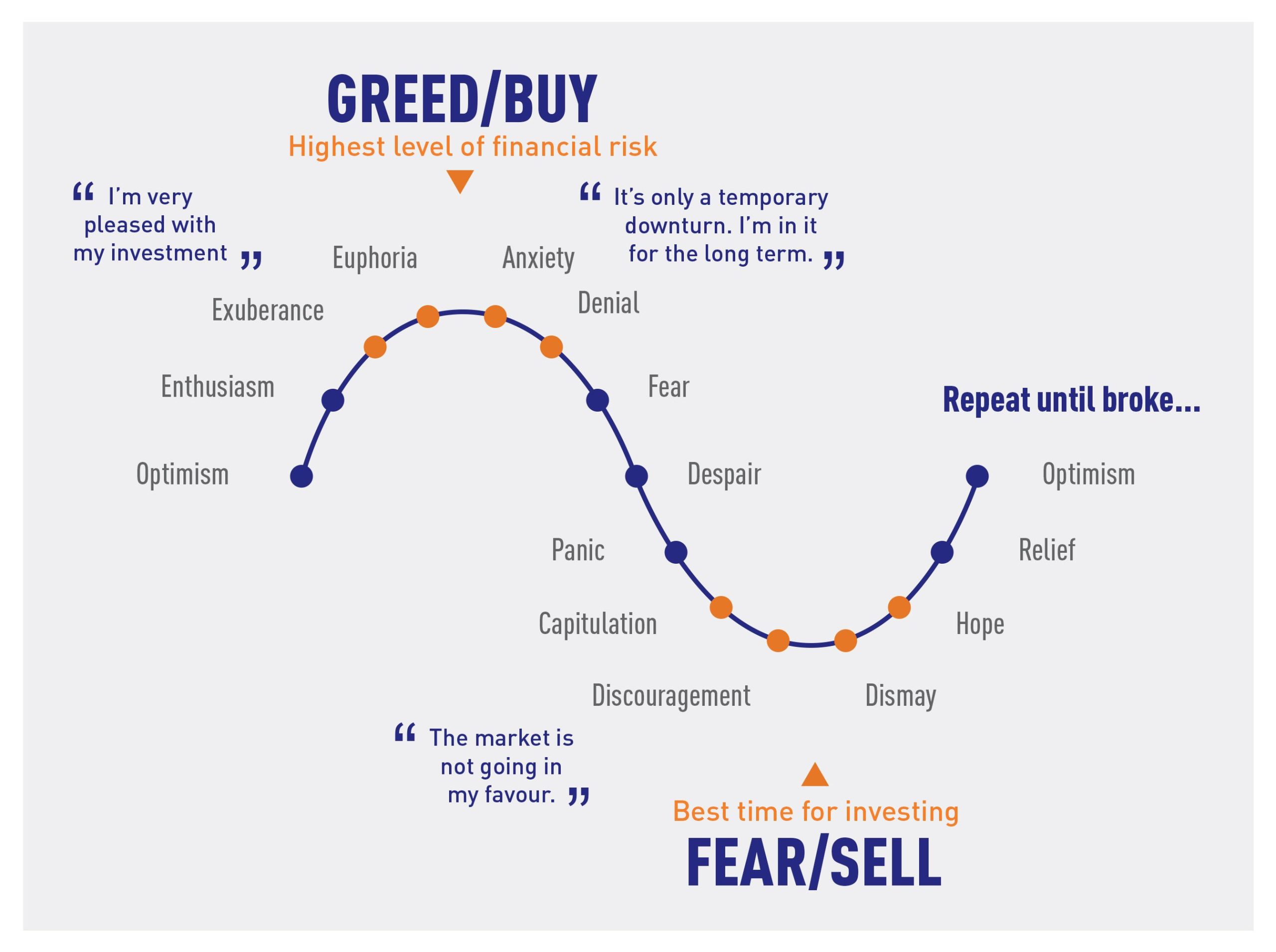
Likewise, historic price action also shows that extreme greed can lead to the cryptocurrency market being valued far higher than it is worth. Again, as a result of the nature of human emotion, if prices start to increase, investors experience “fear of missing out” (FOMO) and begin to impulse buy Bitcoin and other digital assets. In turn, this can lead to an overbought market. In both scenarios, a correction is often overdue.
This Is How You Should Use The Crypto Fear & Greed Chart
The index aims to visually depict the psychological relationship between fear and greed in the crypto markets. The more fearful or greedy market participants are, the stronger the indication that the markets may be overbought or oversold.
To trade the crypto market based on the crypto fear and greed index is to:
- Enter a buy or long position when the index is showing extreme fear (0-24)
- Enter a sell or short position when the index is showing extreme greed (75-100)
The crypto index can be used in a similar fashion to other technical indicators such as the Relative Strength Index (RSI) and MACD. These are common tools to show overbought and oversold conditions. Moreover, several of the leading cryptocurrency exchanges and platforms such as Coinbase include their own sentiment indicator that shows the trading activity between buyers and sellers on the exchange. However, similar to the greed and fear index, they should not be 100% relied on to inform a trading decision.
The Crypto Fear & Greed Index Will Help Your Trading
Many experts within the cryptocurrency industry lean on the Crypto Fear & Greed Index to provide insights into the best possible times to buy and sell cryptocurrencies. However, this method is highly dependent on an investor’s trading frequency and crypto trading strategy.
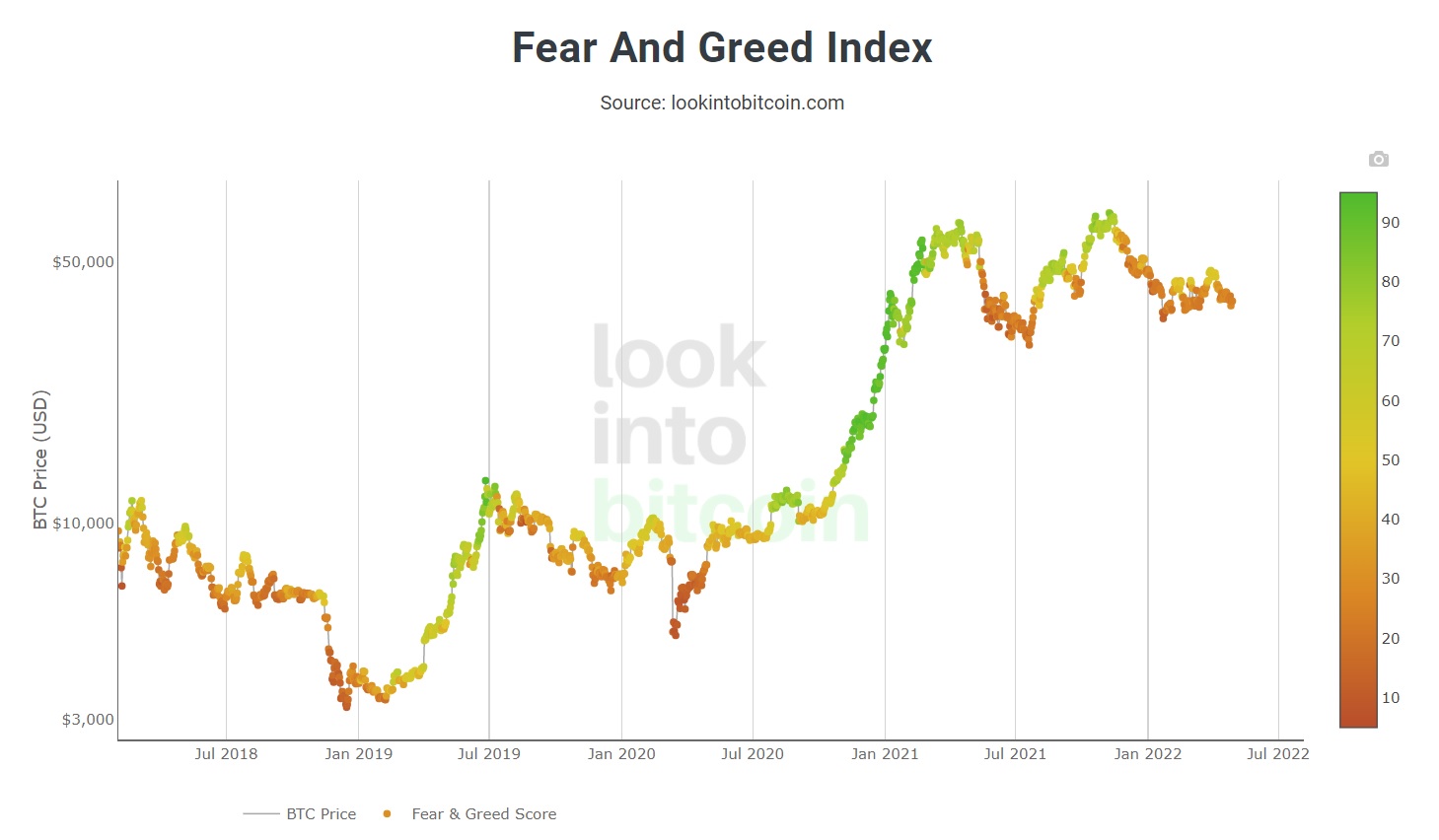
The point of most financial risk for Crypto Fear & Greed Index traders is often correlated to the point when the cryptocurrency markets are most greedy. In this scenario, a high number on the Index may be interpreted as a signal to exit. Traders referencing the Index may believe that a correction to the downside is due and may look to exit or short-sell cryptos to hedge a portfolio.
On the other hand, the point of most financial reward is often correlated to the point when the cryptocurrency markets are most fearful. In this scenario, a low number on the Crypto Fear & Greed Index may be interpreted as an entry signal. Traders referencing the Index in this scenario may believe that a correction to the upside could come soon and provide a soft signal to enter into a position.
In short, the Crypto Fear & Greed Index is not a perfect technical indicator, however, the market sentiment data can be used in conjunction with other indicators and fundamental analysis to complement a trading decision on market timing.
Ready to trade? Find out how to trade crypto to make profits.
The Origins of the Fear & Greed Crypto Index
The idea of a Fear & Greed Index was first introduced by CNNMoney. Initially developed for the equity markets CNN’s Fear & Greed models take into account 7 different datasets. The cumulative score from all 7 datasets provides an overall number for the Index.
Taking this theory, a software comparison website called Alternative.me developed the cryptocurrency equivalent, known as the Crypto Fear & Greed Index. The Index calls upon a range of different datasets; however, unlike CNNMoney, it only relies on five datasets.
It is important to remember that all data used within the Index is related to Bitcoin. Because the correlation between Bitcoin and the remainder of the altcoin market is so strong, the Index's results are still applicable to all other cryptocurrencies.
How The Crypto Fear and Greed Index Is Calculated
The 5 datasets used to calculate the market sentiment in the Crypto Fear & Greed Index include (1) volatility figures, (2) market volume, (3) social media input, (4) Bitcoin dominance, and (5) Google Trends. Every data point is analyzed consistently day-to-day so that an overall representation of cryptocurrency market sentiment can be built.
- Volatility (25%). Volatility measures the rate at which Bitcoin changes in value. This part of the indicator draws upon data from the last 30 to 90 days. The creators, Alternative.me, state that a significant increase in volatility indicates an increase in the level of fear.
- Market momentum/volume (25%). Market momentum and daily trading volumes indicate how much buying pressure there is in the market. Like volatility, this data is compared to the previous 30 to 90 days. High buying pressure is interpreted to mean that the market is moving towards a greedy sentiment. For more information, read our article on what volume is in crypto.
- Social Media (15%). In addition to volatility and market momentum, Alternative.me analyses data collected from Twitter. Information regarding hashtags, the number of cryptocurrency-related posts, and the frequency of cryptocurrency-related posts are gathered. According to Alternative.me, a high level of social media interaction is often indicative of greedy market behavior.
- Bitcoin dominance (10%). Bitcoin dominance dictates how the market cap of Bitcoin compares against the remainder of the crypto market. Alternative.me explains that a high Bitcoin dominance is suggestive of investors placing more funds into less risky cryptocurrencies; which is associated with a more fearful market. Conversely, a low Bitcoin dominance is suggestive of investors placing more funds into riskier altcoins; which is associated with a greedy market.
- Google Trends (10%). Finally, the website extracts data from Google Trends to analyze searches involving Bitcoin. This is completed using a variety of Bitcoin-related search terms. The frequency and sentiment of the questions being asked are interpreted as either fearful or greedy for the market.
The Crypto Fear & Greed Index Can Be A Reliable Sentiment Indicator
The Crypto Fear & Greed Index should not be used on its own to predict market movements. The Index provides an indication of market sentiment – nothing more. It is the indication of market sentiment that must then be used with other fundamental, technical or charting software for crypto.
Importantly, the reliability of the Crypto Fear & Greed Index will likely depend on the frequency of trades. For short-term and crypto day traders, the Index can provide useful insight into their day-to-day behavior. As market sentiment refreshes on a daily basis the Index lends itself well to short-term trading positions.
In comparison, long-term investors may find that the Crypto Fear & Greed Index results in lower profits. When entering and exiting the market over a long-term period, investors may favor a less frequent trading strategy such as dollar-cost averaging.
Finally, investors should consider what type of analysis they wish to base their investment decisions on. The Crypto Fear & Greed Index is a type of technical indicator and is, therefore, better suited to technical traders. The Index does not take into account any fundamental changes that may be occurring in the markets and, therefore, will be of little use to those who follow the fundamentals of the cryptocurrency markets.
